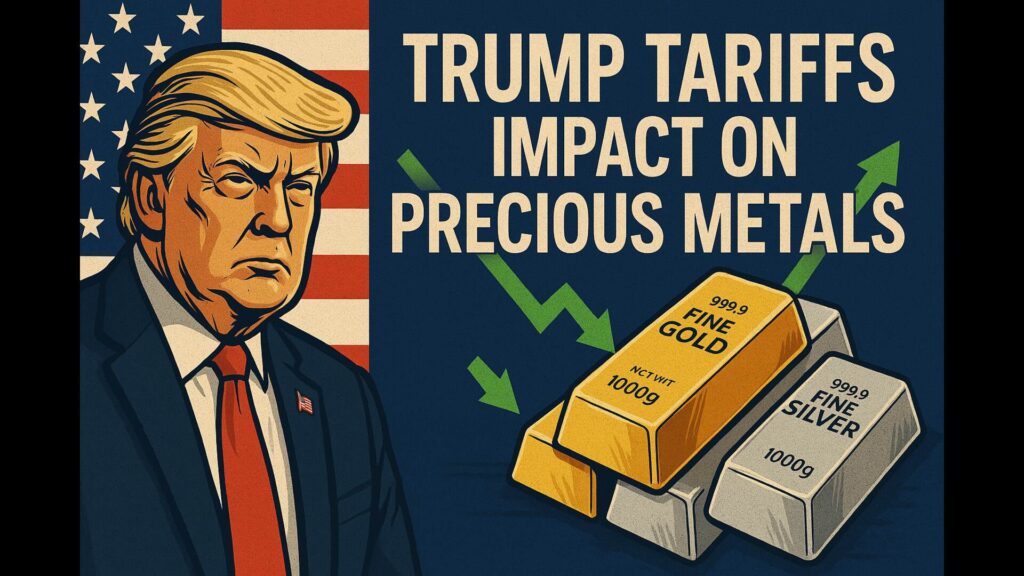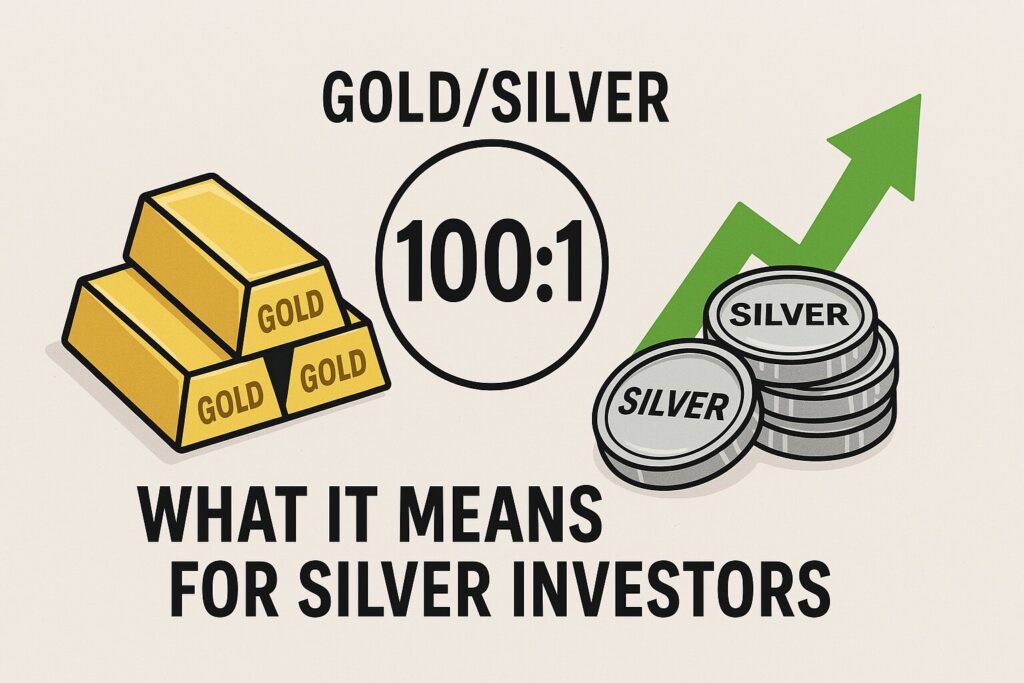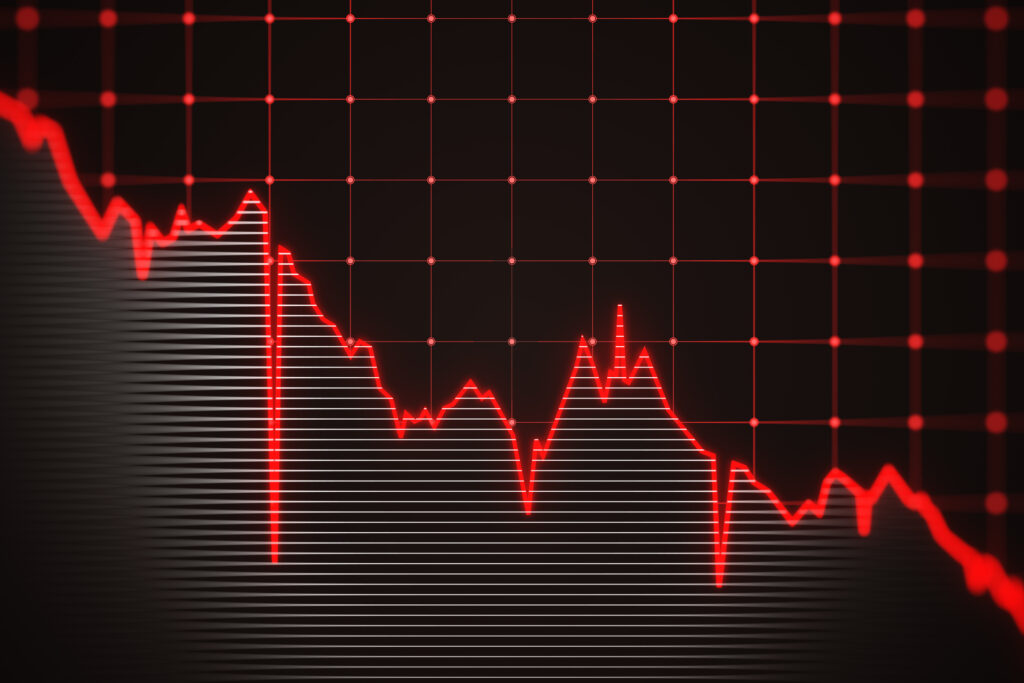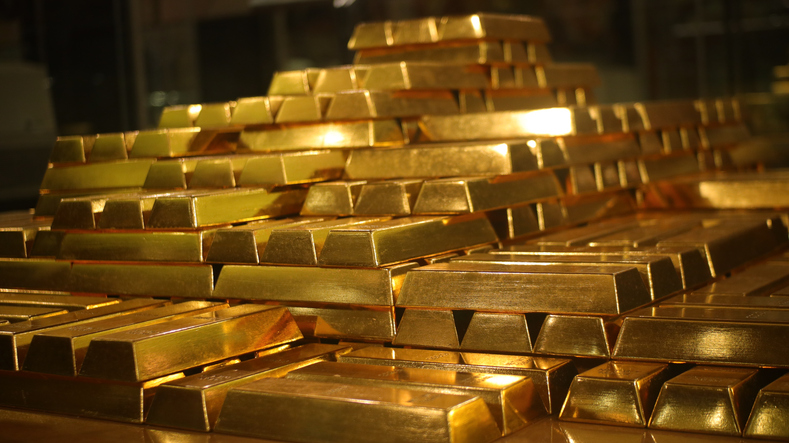U.S. Tariffs Hit Century-High Levels Despite Trump’s Partial Retreat

Despite President Trump’s partial retreat on tariffs, the average U.S. effective tariff rate remains at 25.3%, the highest since 1909, according to Yale’s Budget Lab. Even after consumers shift to alternatives, the rate will be 18.1%, highest since 1934. Consumers can expect significant price increases: clothing prices up 58% short-term and 26% long-term, food prices rising 2.5% initially and 2.9% long-term, and new car prices increasing by about $8,700. China now faces a total tariff rate of 145%, while most other trading partners received a temporary reduction to 10%.
Gold Prices Soar to Historic High: 3.23% Jump Marks Biggest Daily Gain Since 2020

Gold futures trading on the Comex exchange experienced a remarkable rally today, with the front-month April contract settling at an all-time high of $3,155.20 per troy ounce. This represents a substantial gain of $98.70 or 3.23% in a single session, marking the largest one-day percentage increase since April 9, 2020. The precious metal has been on an upward trajectory for three consecutive sessions, gaining a cumulative $203.90 or 6.91% during this period—the largest three-day percentage gain since March 25, 2020. Gold is now up 37.70% from its 52-week low of $2,291.40 reached on April 30, 2024, and has appreciated 33.99% […]
Gold to Silver Ratio 100:1 – What It Means for Silver Investors

Something extraordinary just happened in the precious metals world: the gold silver ratio has reached the 100:1 mark. In simple terms, it now takes a whopping 100 ounces of silver to buy just a single ounce of gold.
White House Confirms China Tariffs at 145%, Not 125% as Previously Reported

President Trump’s tariff on Chinese imports is now 145%, higher than the previously reported 125%. This was clarified when the executive order was released Thursday, revealing that the new 125% “reciprocal tariff” is in addition to existing 20% duties imposed earlier for fentanyl and immigration issues. The announcement comes in a week of tariff developments, including Trump’s 90-day pause on tariffs for countries other than China, which caused the S&P 500 to surge by 9.5%.
Long-Term Concerns Linger After Treasury Market Disruption

Recent tariff announcements triggered a major selloff in the US Treasury market, causing market dislocations including widened bid-ask spreads. Though President Trump temporarily paused the tariffs (even remarking that the “bond market now is beautiful”), Treasury yields still remained elevated. Several hedge funds unwound leveraged positions, straining bank balance sheets and raising concerns about potential long-term damage to US financial markets. Market experts remain concerned about lasting damage, with Deutsche Bank analysts noting: “The damage has been done… both in terms of relative economic growth outcomes and foreign investor willingness to fund the U.S. external deficit.”
Mining Companies Soar as Precious Metal Hits Record Highs

While gold prices have increased by 16.6% since the beginning of the year, major gold mining companies have seen even more impressive gains: Barrick Gold is up 21%, Newmont has surged 29%, and Agnico Eagle Mines leads with a remarkable 35% increase. The SPDR Gold Shares ETF, which is physically backed by gold, rose 2.8% to $282.82 on Wednesday—its largest single-day percentage increase since October 13, 2023—and has gained 17% year-to-date. This performance comes amid broader market fluctuations, with gold mining stocks and the S&P 500 seeing significant gains after President Trump modified his original tariff plans.
Market Pressure Forces Trump’s Retreat on New Tariff Policy

President Trump reversed course on a significant element of his sweeping tariff plan, announcing a 90-day pause just hours after the reciprocal tariffs had officially taken effect. This dramatic policy shift came after a week of plunging stock and bond markets, combined with intense pressure from executives, lawmakers, lobbyists, and international leaders. Treasury Secretary Scott Bessent played a key role in persuading Trump to pause and negotiate with trading partners, arguing this wouldn’t be a capitulation but a strategic move. Over 75 countries have reportedly reached out seeking tariff deals, with Japan leading the queue. Trump’s decision was influenced by […]
Gold to $12,000? The Mar-a-Lago Accords Could Spark the Rally

The Mar-a-Lago Accords are coming — and they could transform the global financial system overnight. We may be witnessing the early stages of a historic monetary reset, with gold and silver positioned at the center. Mike and Alan came together for an urgent update to discuss this remarkable situation: The patterns are clear: just as Nixon’s departure from the gold standard reshaped the financial landscape, today’s monetary crisis signals another seismic shift. A once-in-a-lifetime financial transformation appears to be in motion. This rare window of opportunity to safeguard your wealth could close faster than most realize.
Tariff Chaos Propels Gold to Biggest Daily Gain Since 2022

Gold prices surged, coming close to last week’s all-time high after posting its largest one-day gain (+3.3%) in 18 months. The rally was triggered by market uncertainty following President Trump’s confusing tariff announcements. After initially implementing tariffs on 60 trading partners, Trump announced a 90-day pause for 56 countries and the EU, while simultaneously raising duties on China to 125%. This volatility, combined with a weakening dollar and expectations of Federal Reserve easing, has supported gold’s 19% rise this year.
Gold Surges Past $3,100 as US Escalates China Tariffs to 125%

Gold prices continued their upward momentum on Thursday, climbing 1.3% to $3,122.02 per ounce amid escalating trade tensions between the United States and China. This follows gold’s largest daily gain since October 2023 the previous day. Despite President Trump announcing a temporary 90-day reduction in duties for numerous countries, he simultaneously increased tariffs on Chinese goods to 125% from 104% in response to Beijing’s 84% levy on US products. The Federal Reserve’s recent meeting minutes revealed nearly unanimous concern among policymakers about the US economy facing dual risks of higher inflation and slower growth, potentially creating “difficult trade-offs” for monetary […]
